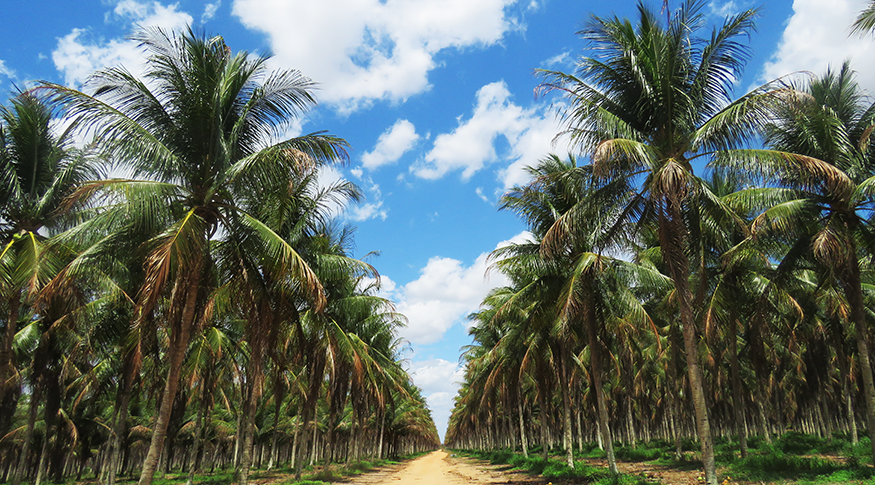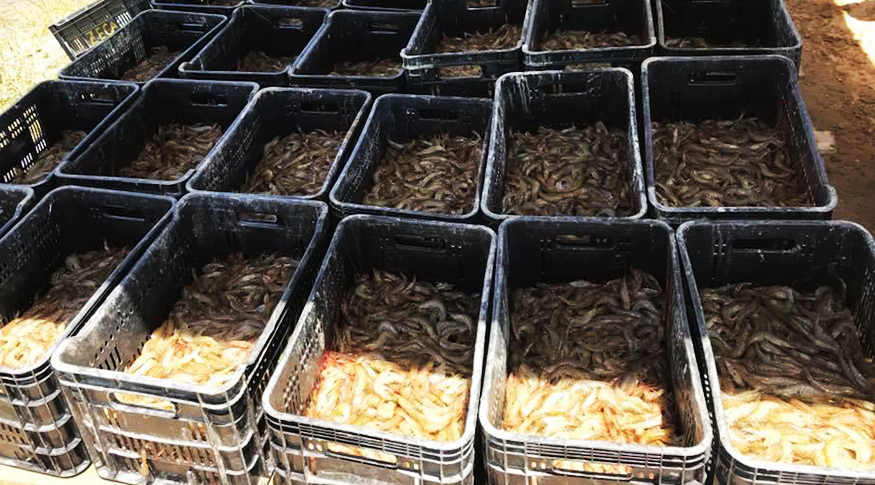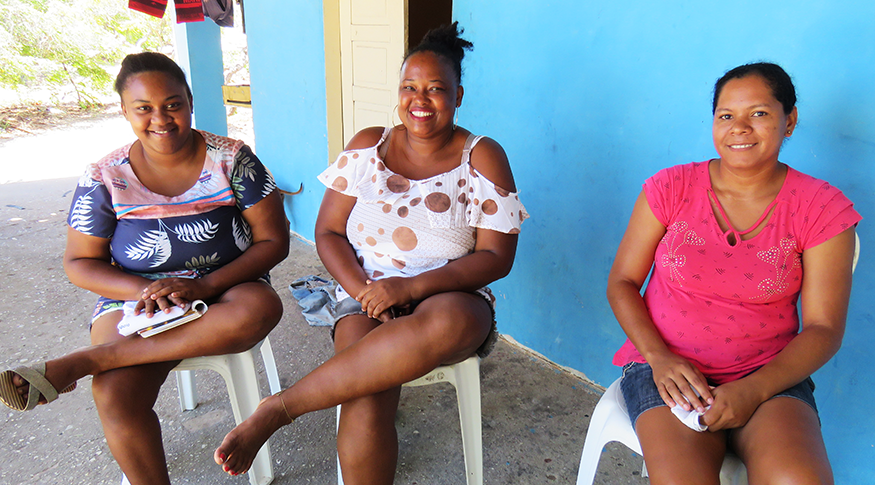CENSUS OF AGRICULTURE
Well-known for the production of crustaceans, Sergipe shows its agricultural diversity
January 31, 2020 02h00 PM | Last Updated: January 31, 2020 06h19 PM

Although Sergipe is the smallest state in Brazil, its agricultural production stands out nationwide. Besides being the second major producer of mangaba ( is a native fruit species of Brazil) in the country, the state is also a highlight in terms of orange, coconut and crustacean production – being even called “the land of crabs”.
Sergipe is the third biggest producer of shrimp in the country and the ninth main producer of oysters, scallops and mussels, according to the latest edition of the Municipal Livestock Survey, conducted by the IBGE in 2018. Srimp production is present in 380 establishments in the state, according to the 2017 Census of Agriculture, and has increased year by year.
Almiro Barbosa Neto, a fishing engineer, works in Brejo Grande, in eastern Sergipe, the second biggest municipality in terms of shrimp-selling establishments. He has grown and sold the product for almost 20 years and is currently in charge of a property 100-hectares big.

According to data from the Municipal Livestock Survey, the production of shrimp in Brejo Grande increased from 380 metric tons, in 2017, to 537 metric tons in 2018. Almiro reports the region produces a type of shrimp that is adapted to the low salinity of rivers. “We have been in this property for four years now, since rice growing declined in the country. We have observed there is an enormous potential for shrimp here in Sergipe.”
Nevertheless, the main permanent crops in the state – orange and coconut – have faced decrease in production. Sergipe was the second main producer of orange in the country in 2006; in 2017, it fell to the sixth position. The decrease was similar in the case of coconut: from the third position, in 2006, it became number six in 2017.
Adilson Cavalcante, planning coordinator for the Company for the Agricultural Development of Sergipe (Emdagro), mentions a series of factors affecting the decline of orange production in the state, such as the incidence of plague and diseases. “Producers have also experienced periods of drought, the low price of Orange, reduced availability of workforce in the country and, even worse, a reduction in the consumption of orange juice worldwide, due to the competition of juice made of other fruit now available in the market.”. He concludes with an explanation: “Such a decrease in production follows a national trend, it does not take place in Sergipe only.”
Another highlight, coconut, had an output of more than 61 million units, according to the 2017 Census of Agriculture. Although it is the second major permanent crop in Sergipe, second to orange, it had a smaller output against figures of 2006, the the state was the third main producer in the country (65.01 million fruits). Several producing establishments benefit from governmental projects and initiatives aimed at irrigation, such as the Neópolis Plateau, in the Low São Francisco area.

Mangaba, a female tradition
Sergipe is the second main producer of mangaba in the country, with 766 metric tons (being only second to Rio Grande do Norte, which produces 1,072 metric tons), according to data from the 2017 Census of Agriculture. Since women are most often engaged in the mangaba production, associations of female mangaba pickers in the state have more than 600 women as members.
Estância, located in the southern coast of Sergipe, is the municipality with the biggest production of mangaba (322 metric tons). It houses the Association of Mangaba Pickers in the Manoel Dias Settlement (Ascamandi), formed by 30 women who pick the fruit and sell products made of it, such as jelly, cakes, pies, candies, ice cream, cocadas (a sweet made of coconut), liquor and even brigadeiro (a kind of chocolate truffle very common in Brazil) .

The work as a mangaba picker is harder in the summer months, when the fruit get ripe and falls to the ground. After being collected, the mangaba is turned into a pulp for preservation and later use, or it is naturally dried in a reservoir kept under sunlight.
The women have special equipment to extract the pulp and prepare the products. Then the pots are sealed, labeled and sold.
Fabrícia Santos, 21, has picked mangabas for 3 years; Katiane de Jesus Silva, 32, for 10 years and Karina Alves, 37, was taught by her mother more than 15 years ago. The three of them work with mangaba at Ascamadi and make a living out of the fruit.
According to Karina, currently a secretary and treasurer at the Association, mangaba represents a sort of empowerment for women living in that area. “Working in the mangaba production is a victory for me. I left an abusive relationship due to the support from the association and because I could reach financial Independence.”





















